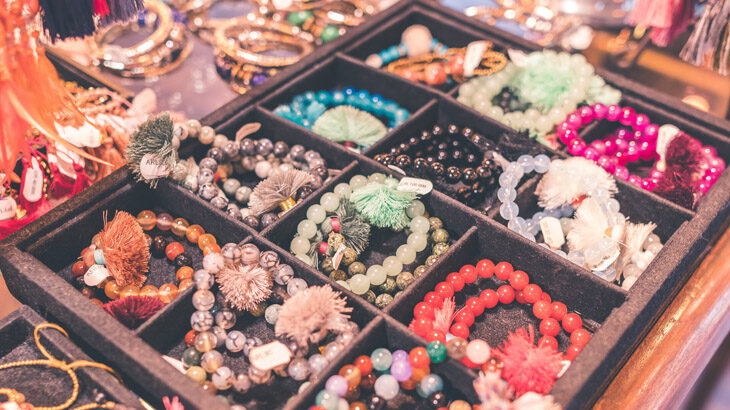Indian is considered to be one of the biggest centres for various kinds of jewellery creations. We have had visitors from different parts of the world in the history of our country. This has led us to learn many cultures, traditions and designs, inspired by other countries and civilisations. Besides, the creativity of our people also varies from region to region, which has contributed to our wide variety of jewellery designing techniques.
There are so many types of jewellery designs created in India like Navratna jewellery, Kundan jewellery, Polki jewellery, Bead jewellery, Temple jewellery and much more. Not to forget bridal jewellery designs which lies at the core of the jewellery business in India.
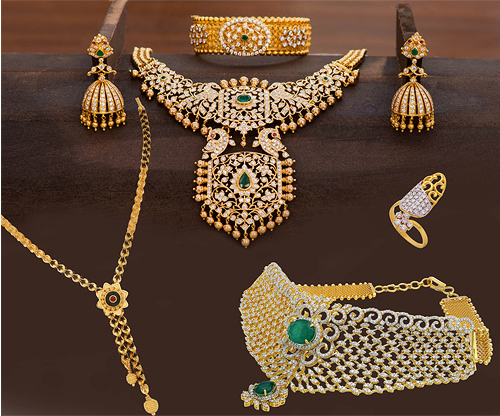
Image Source- Vaibhav Jewellers
Whether it is a dance form like Kathak or creation of a garment like kurti, our tradition and culture reflects in our artwork. So, of course, jewellery design is no exception. For example, Navratna jewellery uses all 9 gemstones which are described using the 9 elements of Indian astrology. Also, our country is a land of festivals. In either parts of the country, round the year, there must be a festival that is being celebrated. In all of these festivities, the first item women buy is jewellery.
So, wouldn’t it be great if you could your own latest jewellery designs for yourself and your family. You can even customise them according to your needs and make them look as unique as possible.
Kinds of Jewellery Designs You Can Create
There are many kinds of jewellery designs that you can create but knowing the basics about them to separate them from others is important. Here are the top 6 jewellery designs which you can make for particular occasions as your desire.
1. Bridal Jewellery Designing
The meaning is as simple as it sounds. Jewellery for Brides and her family members like mother, sister, bridesmaids and others. The key here to keep in mind about bridal jewellery designs is that as a designer, you have to use heavy and big jewellery pieces. For example, a necklace so big that it covers the whole neck. This is because in every culture, the bride is the centre of attraction as it’s her special day. So, heavy and big jewellery is apt so that she can flaunt her wedding attire and look gorgeous on her big day.
There are so many types of jewellery designs, especially in South India like anklets, waist belt, nose pin, jada naagam, addigai, mangai mala, odyanum, kasu mala, nethi chutti and vanki.
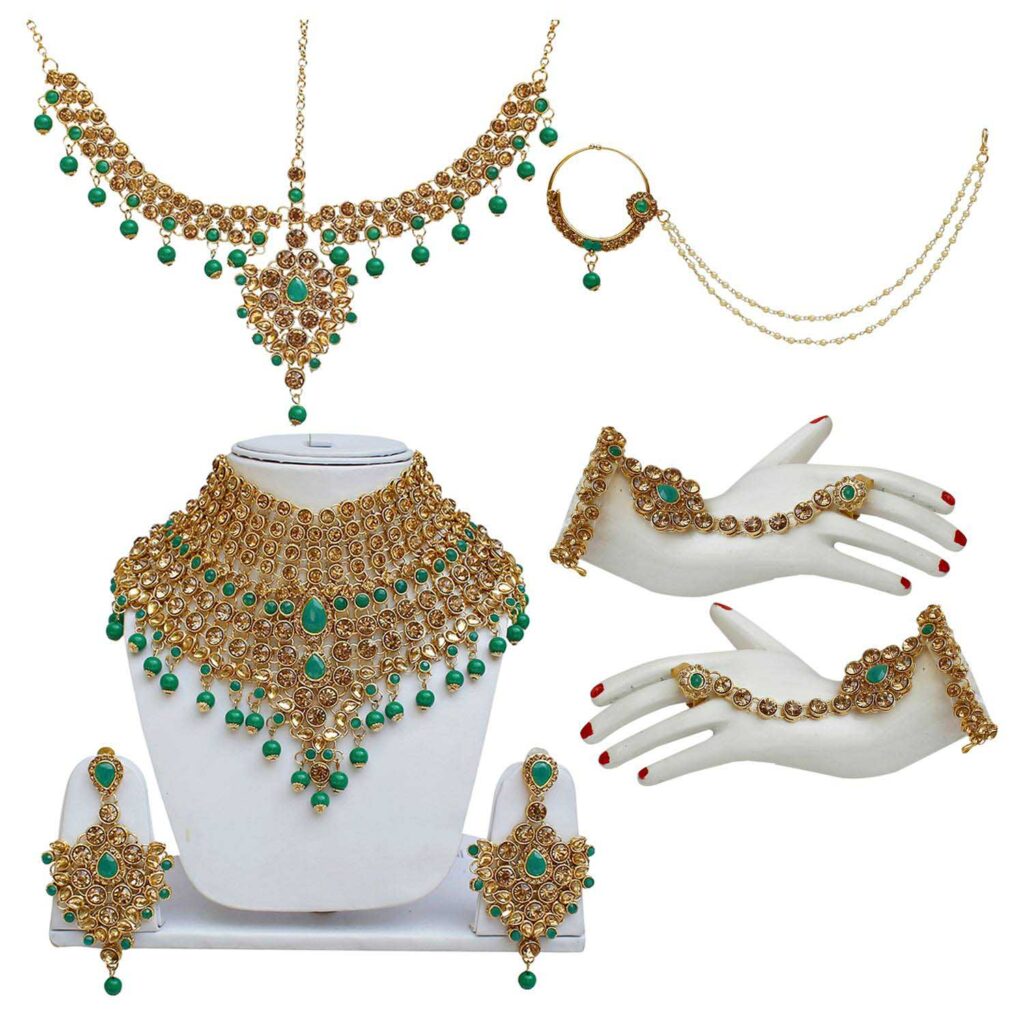
Image Source- Craftsvilla
2. Antique Jewellery
Antique jewellery or vintage jewellery, as called by many people is a piece of jewellery which is hundreds of years old and is usually passed within families from one generation to next. On the other hand, vintage jewellery is a piece which is at least fifty years old and has that ‘never out-of-fashion’ jewellery design. This difference makes antique jewellery to be worn only on special occasions whereas vintage jewellery can be worn anytime you wish for a fashion statement. Lately, people are loving antique jewellery and many enthusiasts are trying to find such jewellery items as much as possible.
3. Filigree Jewellery
The word ‘Filigree’ comes from the Latin language, ‘filum’ and ‘granum’. The meaning of the word ‘filum’ is thread and ‘granum’ means grain. This kind of jewellery design can be found in Indian and Asian jewellery items mainly. Around 1660 till 1990, this art in jewellery was also famous in French metalwork and Italy.
This jewellery design involves silver or gold intricately worked jewellery along with the use of delicate beads or wires to arrange the creation of motifs in as artistic way as possible.
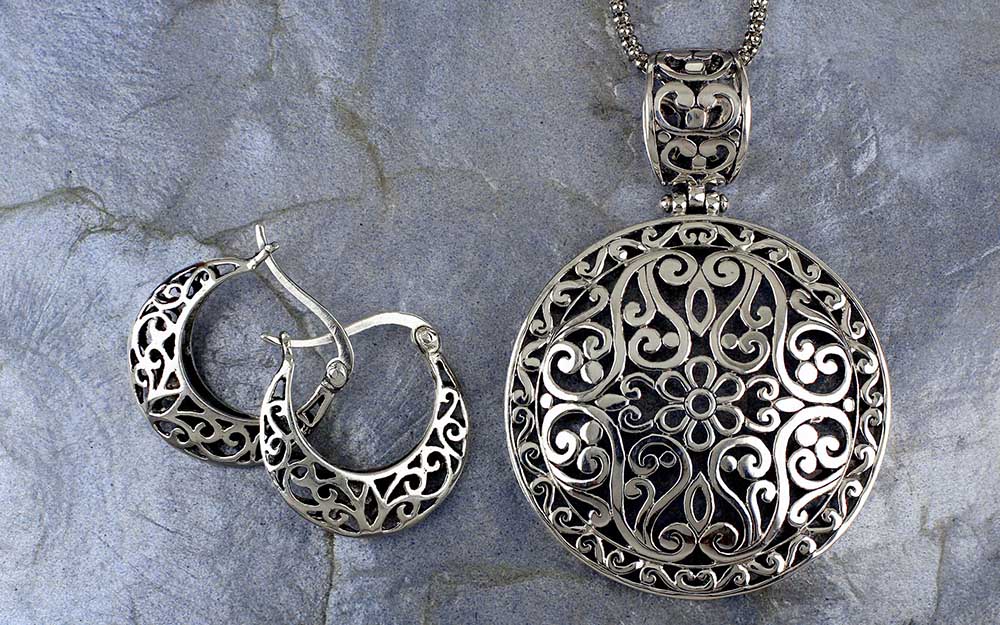
Image Source- Jewelry Star
4. Temple Jewellery Designing
This popular jewellery is worn by the Bharatanatyam dancers and is known as temple jewellery. This jewellery design represents our cultures and includes idols of our gods and goddesses. Not only gods and cultures, but these jewellery items also depict traditional birds like a peacock, fish and more.
This type of jewellery is usually made using silver and then plated with gold using various kinds of stones like emeralds, white sapphire, rubies and pearls. You can create jewellery materials like necklaces, earrings, bangles, nose pins and others. There are many other jewellery designs, created especially for dancers like armbands, baazuban, waist belts, talai saaman, billai, etc.
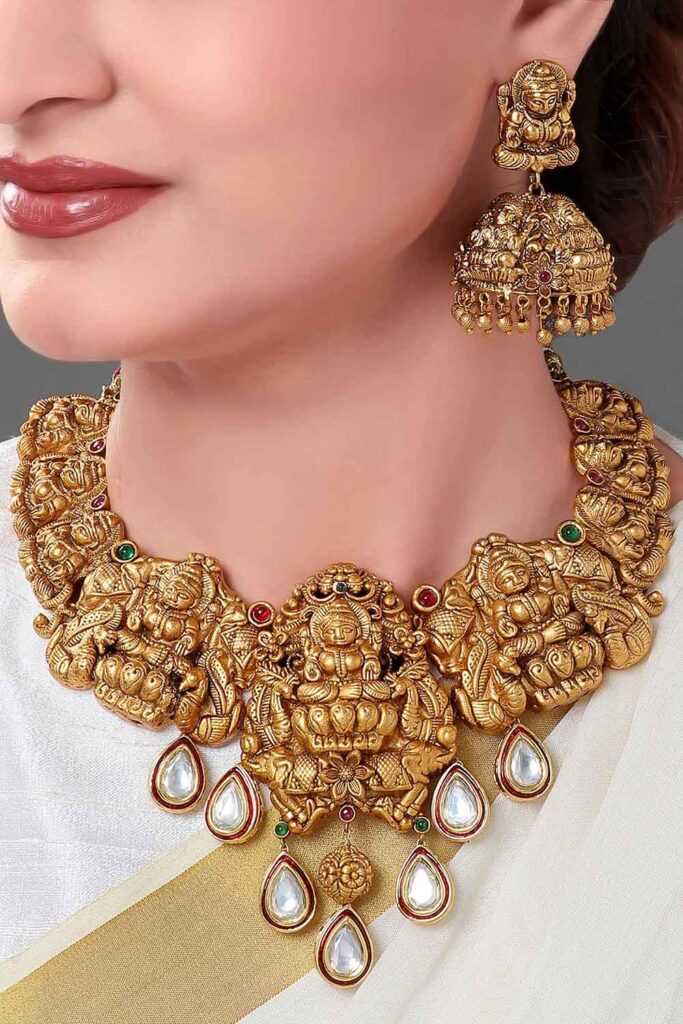
Image Source- Aza Fashions
5. Bead Jewellery Designing
Beads come in a variety of shapes and sizes. These items have a hole in the middle of them so that a thread or wire can be passed through them for jewellery creation. It is basically just a decorative piece used a lot in jewellery making.
Beads can be made using a lot of different materials including paper, wood, glass copper, brass, silver, gold and so on. Beads like pearls and coral beads are also found in minerals and organic compositions. You can wear a single piece depending upon your choice or use a lot of them to create a necklace and earrings.
6. Fashion Jewellery
The jewellery designs which have a lot of names. It is known as ‘custom jewellery’, ‘junk jewellery and ‘faux or fake jewellery’. These jewellery items are not very expensive but they look gorgeous. Fashion jewellery sells a lot and is worn along with a particular attire or outfit only.
It can be said that fashion jewellery is exactly the opposite of fine jewellery. While fine jewellery is expensive and risky to carry around, faux jewellery can be carried around easily with no fear.
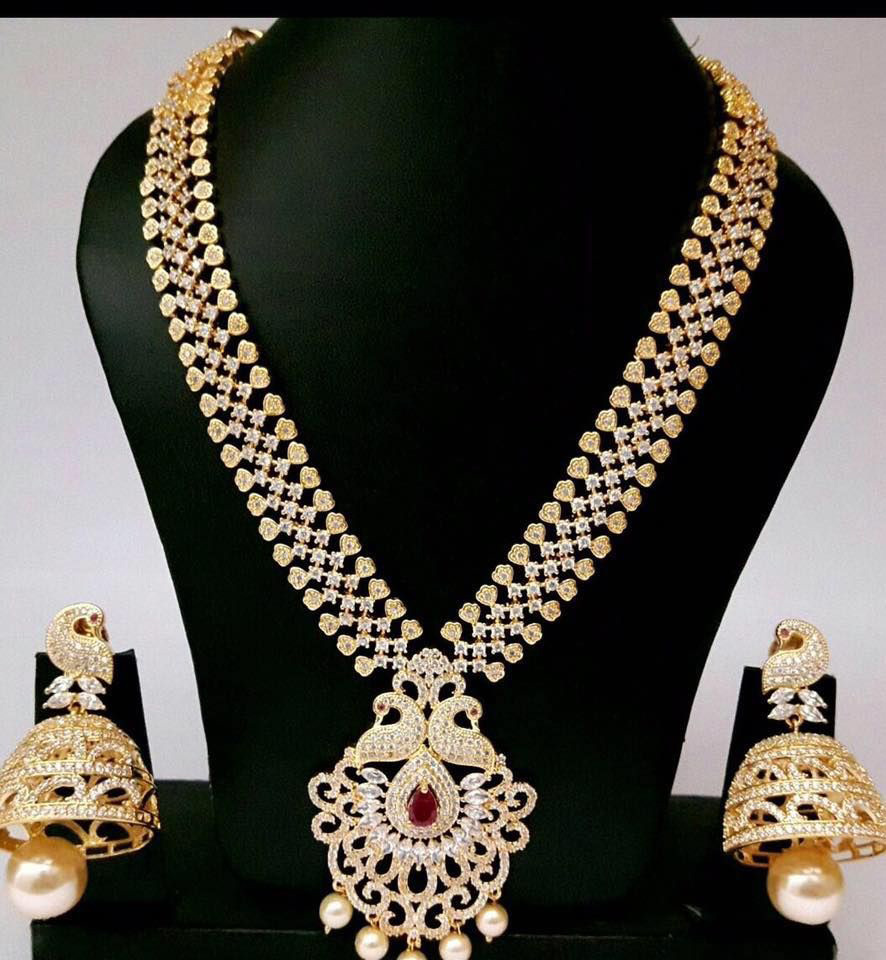
Image Source- Pinterest
Do you want to learn more about other jewellery designs using which you can create many different kinds of jewellery items? Then join our jewellery designing courses and learn from the top industry experts. You will be mentored by 4-time national award-winning fashion designer, Neeta Lulla and also receive certificates by Hunar Online and Govt. of India.

